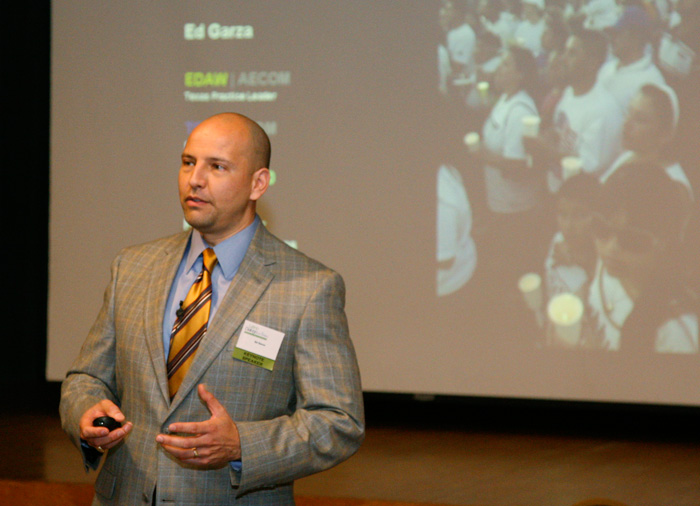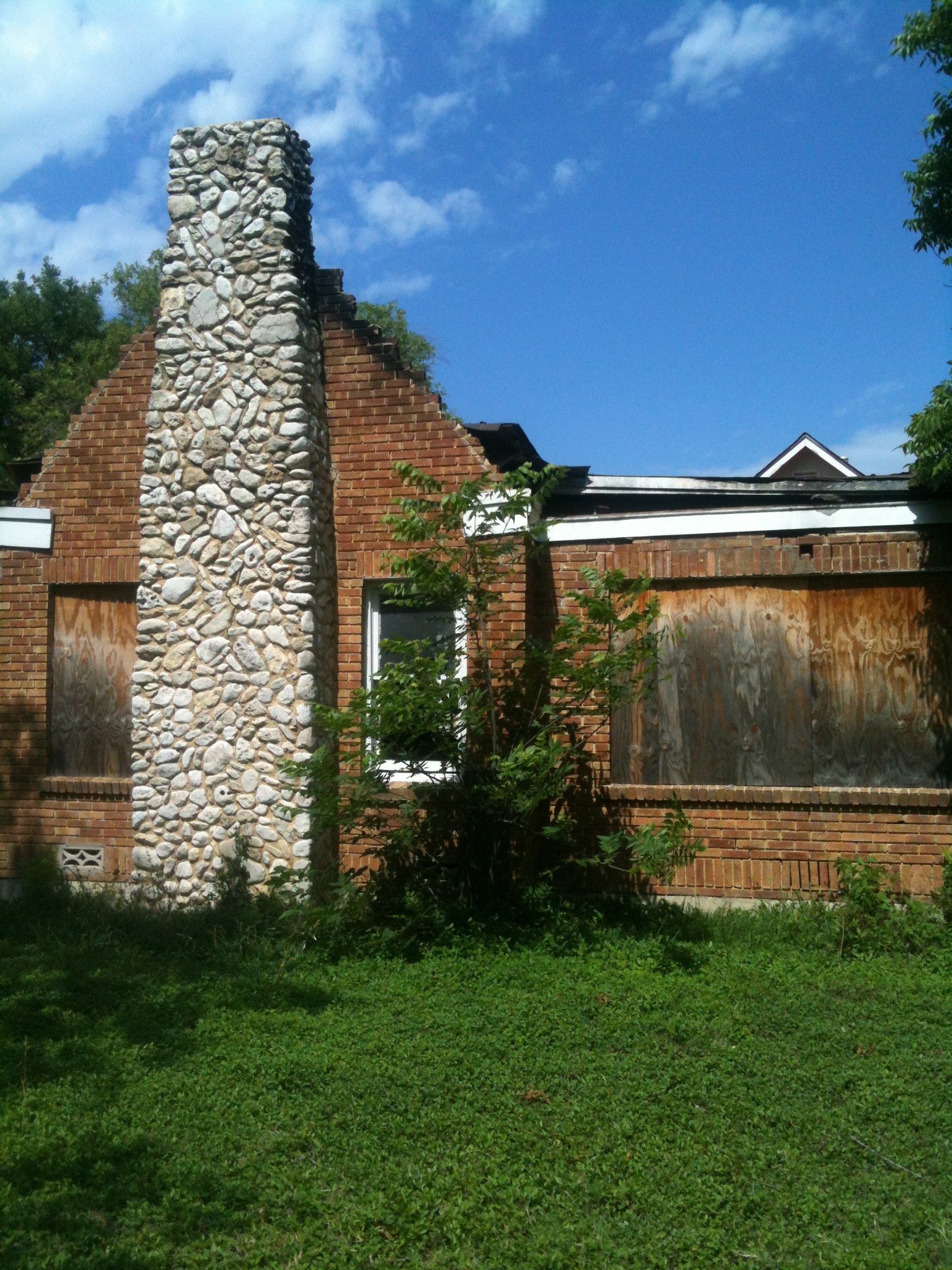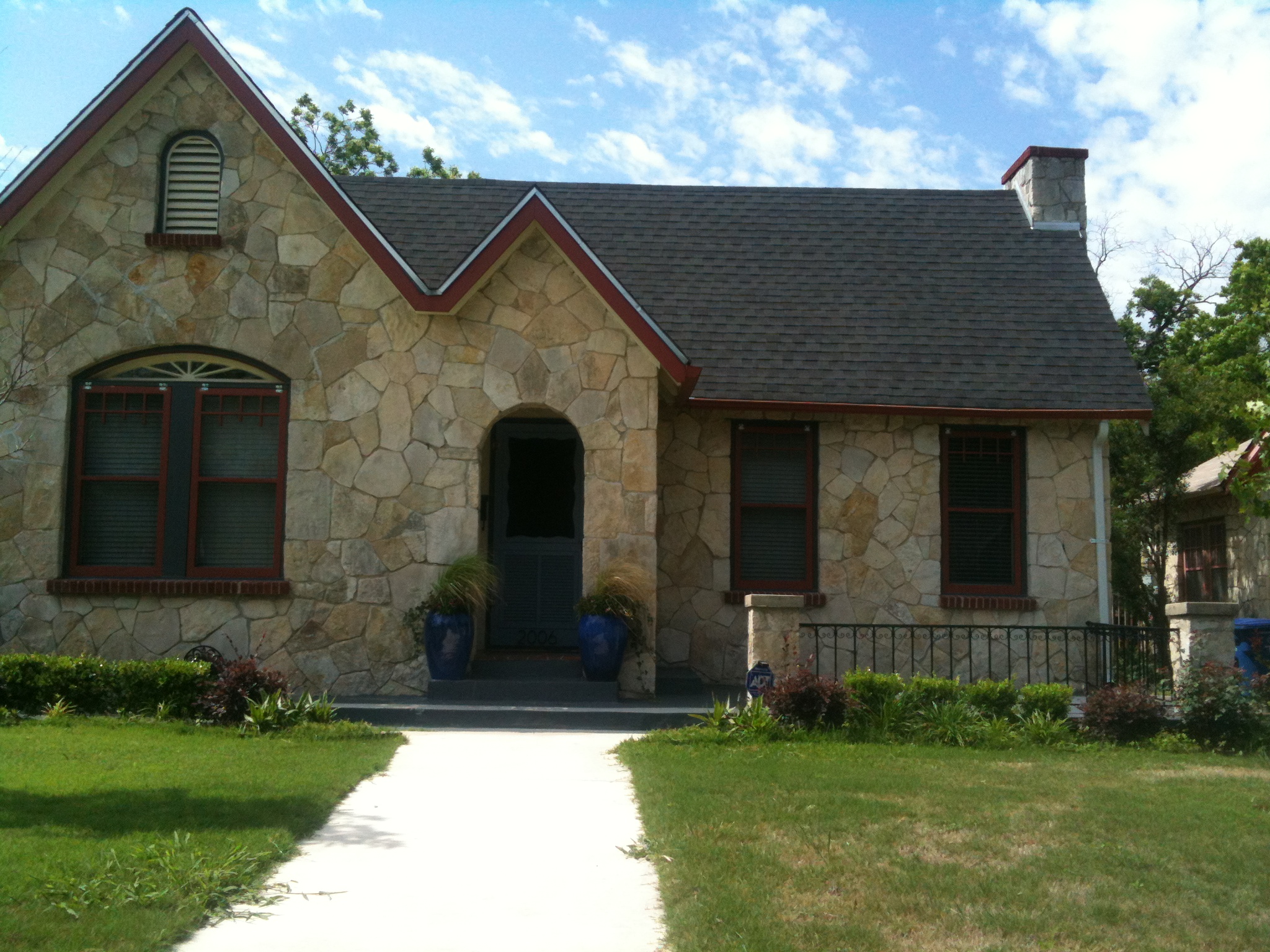 SAISD President and former Mayor Ed Garza reached out to me last week in response to my review of his real estate transactions.
SAISD President and former Mayor Ed Garza reached out to me last week in response to my review of his real estate transactions.
He responded to my review of his real estate business here.
I then used the opportunity to ask him about his other business interests.
In particular, I asked him about Zane Garway Consulting Group LLC, which he has in the past represented as an urban planning business with business in San Antonio, Fort Worth, and even Israel.
I also asked about Garza’s history of subcontract work with VIA.
Garza and I agreed that it is important that Garza’s involvement as subcontractor for VIA, for example, be kept in the public eye.
As the President of the SAISD board, he has the power to award multi-million dollar contracts, including the $12.5 Million contract to VIA Chairman Henry Munoz’ Munoz/Jacobs group.
Transparency in financial dealings of public officials is of the utmost importance, as even the appearance of quid pro quo contracting can hurt the public mission of an organization such as SAISD.
A) On Zane Garway Consulting Group LLC
I mentioned – somewhat in passing in my prior post – that two Garza entities Urban One 30 Group LLC and Zane Garway Consulting Group LLC had lost their registration as businesses in Texas due to the resignation of their registered agent, and a subsequent ‘involuntary dissolution’ filed by the Texas Secretary of State.
Garza clarified that he has never done business as Zane Garway Consulting Group LLC, despite using a Zane Garway email, setting up a Zane Garway website, applying for business as Zane Garway LLC[1], and listing clients on the website.
This portion of the interview:
Michael: Thank you for spending all this time and I really appreciate it. I had another question which is beyond what I had written about but I understand you and your real-estate partner do Zane Garway Consulting Group?
Ed: Yeah, we formed that group but we’ve never used that group.
Michael: You haven’t?
Ed: Correct.
Michael: You have a website that has clients and prospective clients.
Ed: We set it all up and we had the — the work that’s on there is work that I had worked on previously with firms I’ve been employed with. I didn’t even know it was still up but it’s good to know.
Michael: Yeah, zanegarway.com.
Ed: I used the email because we set it up at the time and everything started coming in on that email. It’s just a hassle of changing an email, but we’ve never used that entity in any business transactions. When I started doing independent consulting, it was easier on my own to do independent contracts rather than utilizing the entity since it was just me doing the work.
And then after the last house on North, basically the business partnership between Mr. Wayne and I has stopped. We’ve not done business since that time. You were correct on your assessment on we had to reinstate Urban One 30 in order to sell the property. [He’s referring to 139 North Street]
Michael: Buyers’ attorneys always say “show me you’re in good standing with the state.”
Ed: That came out during the closing. The title company called and said you’re going to have to reinstate this in order to close this property. We had no intention of selling it at that time. We figured the litigation would have to get resolved and didn’t know the timing on that, so there was no need to reinstate an unused business, in our opinion, and we decided to let it expire.
Michael: You never got contracts for Zane Garway?
Ed: Correct.
Michael: Or you’ve never done business as Zane Garway Consulting Group?
Ed: Correct.
Michael: But it looks like on the site you have contracts or have done work for Ft. Worth.
Ed: That was all through EDAW, I worked with TCB and then they were bought out by AECOM and then shortly thereafter is when I left. Those were all with companies I was employed with, in my urban-planning role with those companies.
Michael: Although on the report for Ft. Worth Planning Commission, you’re listed as Ed Garza of Zane Garway.
Ed: Yeah, I think initially it was, from what I recall and also I think I did a job in Arlington, I was selected as Zane Garway, but when we actually entered into the contract which I was a sub, it was as an independent consultant. At the time when we applied for those projects it was the partners. After that, when we went our separate ways, it was really the work that I would be doing personally and there was no need to bring an entity involved, that the other partners were not going to be performing any of the services.
Michael: Never did business.
Ed: Correct.
Michael: Some of your information online lists Sam Wayne and another gentleman, Kevin McConnell. Was that the full extent of the partnership?
Ed: Correct, the three of us, and Kevin’s the one that set up the website and was the Trinity student at the time. He was leaving the company before we even started the North project. He was going back to school out of the country so he withdrew from the partnership, even though he’d set up everything in the partnership in terms of the name, the entity, the website. Mr. McConnell did most of that work.
When he left the country it was just Sam Wayne and I, and when I would be pursuing contracts out of San Antonio, again it was “I’m going to be doing the work” so it was inefficient to utilize the company where Mr. Wayne was involved when he wasn’t going to be performing any of the services. By that time, he went off on his own. I think he went into looking at getting his broker’s license. I can’t confirm that. I’ve never had any business transactions with Zane Garway.
B) Contracts with VIA
I also asked Garza about his contracts with San Antonio public transportation company VIA. The board chairman of VIA is Henry Munoz, who’s firm won the $12.5 million contract to manage SAISD’s bond deal.
Michael: One of the contracts that shows up there on the Zane Garway site is a VIA contract and so that’s interesting because people look at business relationships and think “VIA, that’s Henry Muñoz,” and at the very least from a timing perspective, the way that gets looked at is with a jaundiced eye.
Ed: I understand.
Michael: Can you tell me about what you did for VIA?
Ed: Actually going back to EDAW and TCB. I was already working on projects with VIA with the Bus Rapid Transit —
Michael: I don’t know what EDAW or TCB is.
Ed: EDAW was an urban-planning firm based out of San Francisco and TCB was an engineering firm based in Texas. Both firms eventually were bought out by AECOM which is based out of Los Angeles, I believe. During the years that I worked for one of those three companies, because they kept changing ownership, and this is a global company, I worked on a number of projects.
Locally one of the projects I took the lead on for the company was VIA’s Bus Rapid Transit project. That probably began for me in 2006-2007. My role was public engagement, the public meetings we had along Fredericksburg Road, as well, as the site planning for stations for Bus Rapid Transit. I did participate with them, before I’m on the school board, well before I thought about running. I had already developed a relationship with VIA. The second contract I had with VIA was through HNTB who was awarded the contract to be program manager for the streetcar project.
Michael: I’m not familiar with HNTB.
Ed: HNTB is another engineering company, I think they’re national or international. The gentleman that was heading HNTB I knew when he worked with TCB prior to him joining HNTB. He already knew of my work with VIA, so when he got his team he asked if I would become part of that effort, team effort, which I did. And again I introduced it as Zane Garway when we first submitted, but by the time we were selected, Zane Garway was no longer being used. I became an independent contractor to HNTB.
Those have been the two contracts that I have been involved with VIA. One was prior to me being on the school board and the other came up during my first or second year. The Express News wrote about the piece, the same questions you’d asked. When I was really clarifying the fact that my relationship with VIA had started before that, and really it was the work I was doing with the staff, and not at the board level, that proved to be where my value was to the projects. Having grown up in the neighborhood, I was very familiar with Fredericksburg Road, the Deco District revitalization. They saw that as a value to the project.
Michael: Is that what you did for the HNTB, the Deco District revitalization?
Ed: HNTB, my role was specific to site planning for the streetcar, not the BRT, but it dealt with the urban planning, land-use issues, and the public engagement/public involvement. The two that I’ve been involved with to date have been the urban planning and land-use assessment. I haven’t done any work on that project probably for over a year. That had been written about, talked about, and disclosed.
Michael: That’s one of those things that between public officials and prominent public entities, there’s a higher level of scrutiny that people want to see and a higher level of disclosure and higher level of public interest.
Post read (11999) times.



